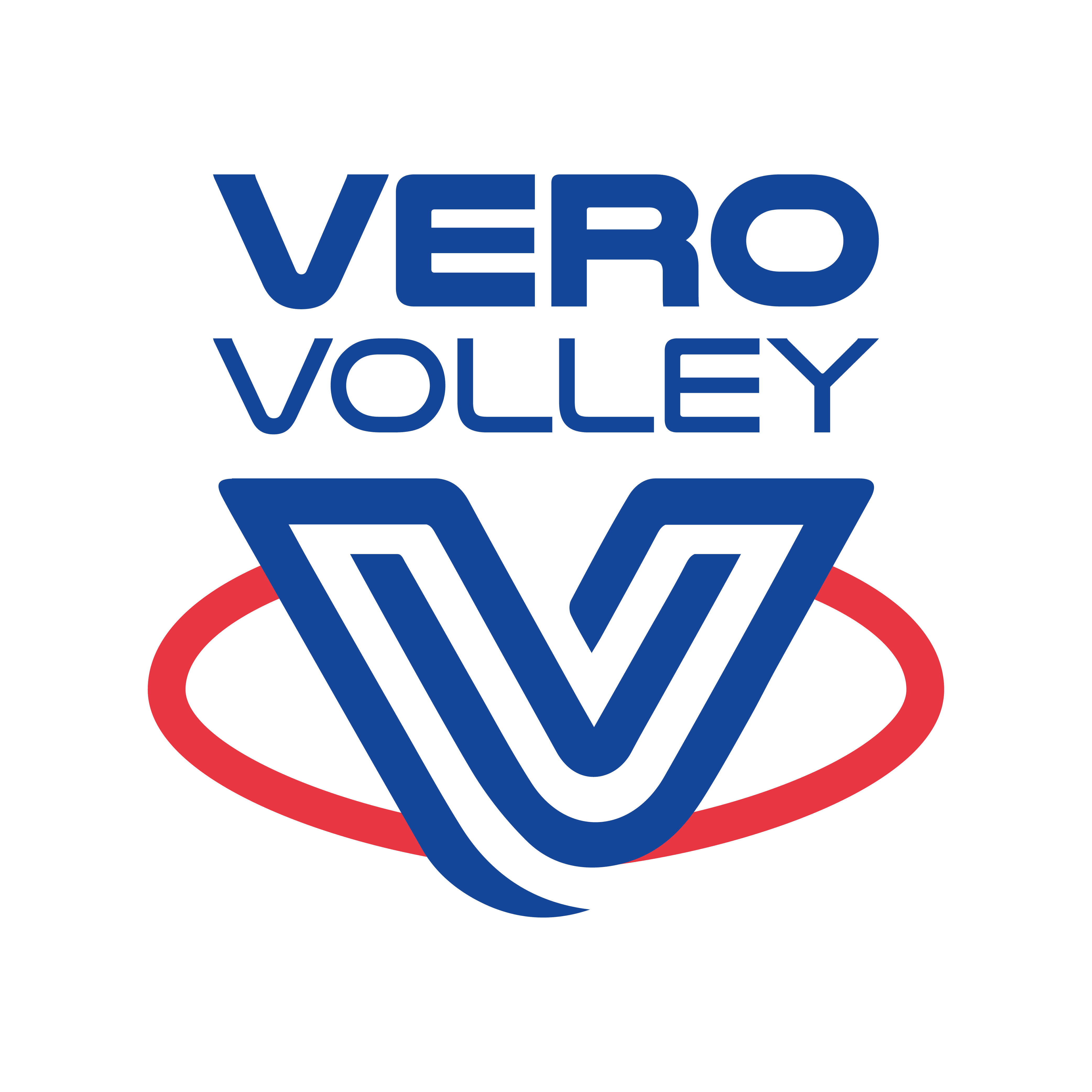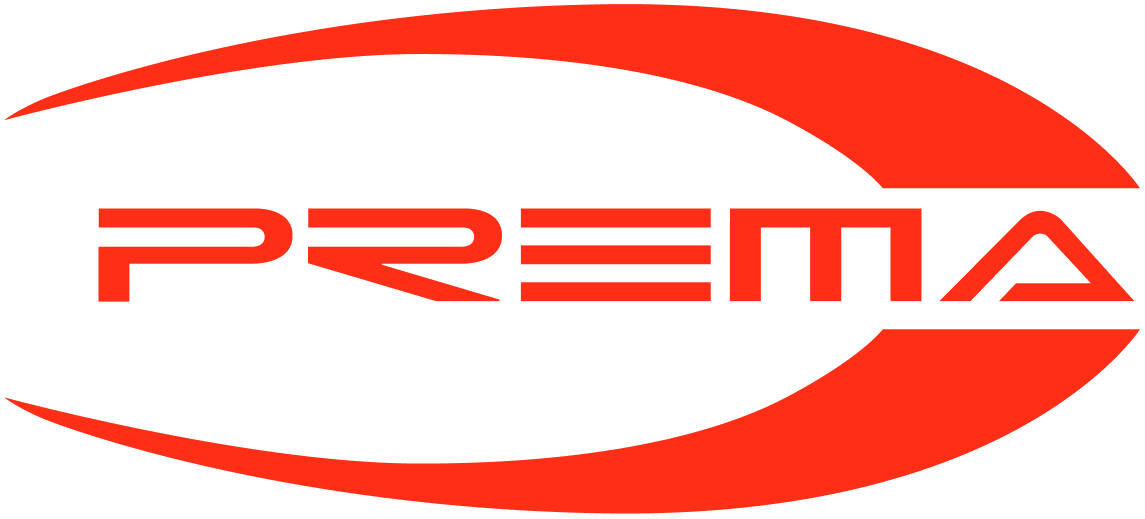Not just your average company reorganisation, but a project to focus on processes and acknowledge that putting people at the centre, results in increased productivity, engagement, and proactivity.
This is the Lean Product & Process Development project on which Mattei’s Technical Director, Stefano Murgia, and Monica Rossi, Assistant professor at the Milan Polytechnic with a Master’s in Management Engineering and a PhD in Management Economics and Industrial Engineering, have been working on since March 2019.
“The starting point was the situation Mattei was in before the project started”, explained Murgia and Rossi. The emerging picture from the data collection showed that a large proportion of time was spent on day-to-day responses and that there were difficulties in indicating and establishing priorities. The result was a situation of perpetual emergency, aggravated by an organisation structured in “silos”, with no sharing and communications system, little planning and no clearly defined specifications and targets. Mattei was suffering from what is called “infinite capacity” i.e. the illusion of being able to cope with infinite demands, which in reality just translates into great frustration for both personnel and end clients.
A change of pace and organisation was needed, starting with the product engineering process which had to be based on customer requirements.
“We introduced guided processes and prioritisation of activities, setting up cross-functional teams with different competencies. A central role in this reorganisation is assigned to the project manager, who coordinates the necessary resources made available by the various company departments, implements the project, follows its development and guarantees the quality of the project path and the results, while respecting costs and implementation timeframes”.
It was not simply a question of “reviewing the organisation” but of suggesting a radical change of approach, from the “silo” culture to one of information sharing, from linear hierarchy to the circularity of teamworking, within processes guided by clear priorities. It was not a top-down process, but a tailor-made intervention, where results are measured in the field and the involvement of staff is critical to the success of the transformation.
"The people involved in the change process went through different stages: overcoming the fear of control, they engaged having realised that the aim of the data collection was to understand where everyone was wasting their time for organisational reasons. An ongoing dialogue was opened, allowing the results of the process to be monitored and corrective action to be taken. We also made a box available to employees in which they could enter suggestions and requests”.

A process of empowerment that has made personnel ever more responsible and an active part of company processes.
The reorganisation has also made it possible to plan more effective training along with the creation of a network in which you can exchange information and ideas. "Focus groups and workshops were organised to encourage the growth of our human resources and we have set up training cycles in which staff with expertise in one area have trained less experienced staff to help them overcome any gaps”.
One of the focuses of the change process, which Mattei has already partly activated, concerns the need to reflect on the entire value chain creation. “Our aim is to promote a Life Cycle Thinking approach, in which the product is conceived in all its phases, from its production through to final disposal”.
This process of change is constantly evolving and will be eventually transferred from the technical area of R&D to other departments.
There are already tangible results too: in 2018/19 it was calculated that it took more than a year to bring a new product to market, whilst in 2021 an entire project plan was created, and two new products were launched. In 2019 response times to client requests could be up to several weeks, in 2021 that was down to only a few working days. The conversion of requests into orders has also tripled, a very significant increase in redemption rate. But also, the time spent on solving daily issues that crop up decreased significantly, freeing up more resources for design and innovation.
From Vane Magazine 19, February 2022









